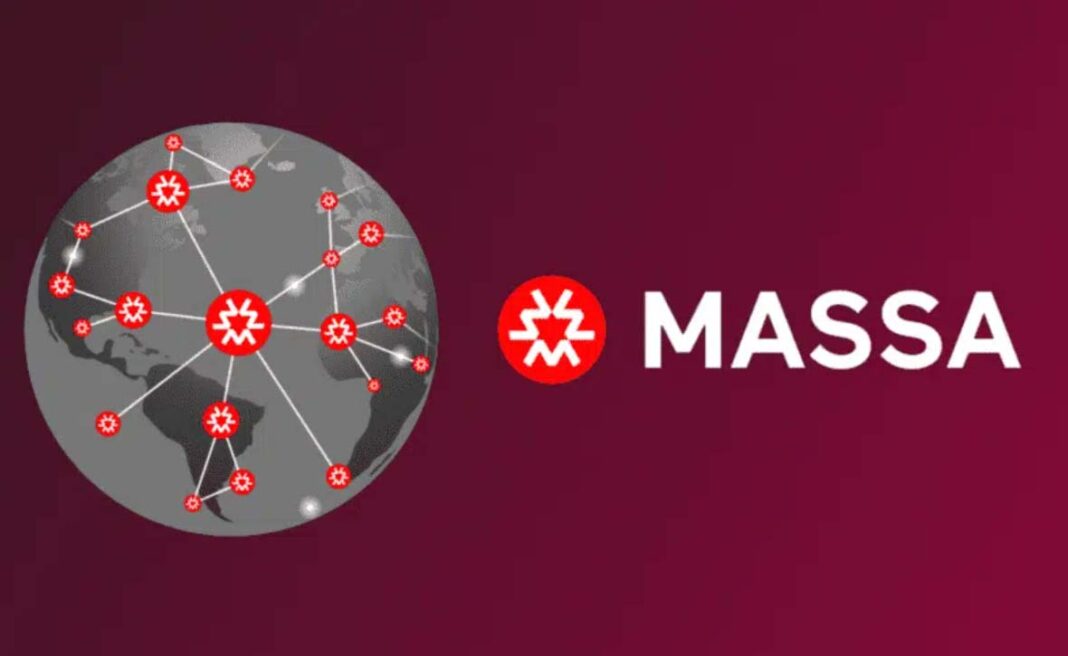The Massa blockchain emerges from the shadows and stands out. It was first created in secrecy by three French researchers from 2017 and 2020 before being made public two years ago. With a number of ground-breaking inventions, including the first standalone smart contracts, it seeks to upend the blockchain ecosystem. Learn about this brand-new blockchain that offers a novel solution to the infamous ” trilemma ” put forth by Vitalik Buterin, which encapsulates the challenges that each blockchain must overcome in terms of scalability, security, and decentralization.
The 1990s saw the invention of blockchain technology. When Satoshi Nakamoto invented Bitcoin in 2008, it was very well-liked. He was the inventor of the sort of database that enables decentralized, anonymous peer-to-peer trading. The concept of smart contracts was introduced in passing by the emergence of Ethereum in 2015, which uses machine instructions to carry out the stored transactions. The explosion of DApps, or decentralized applications, is due to smart contracts. But Ethereum continues to be reliant on some concessions, just like Bitcoin and all subsequent blockchains. The blockchain trilemma is the conflict between scalability (i.e., the number of transactions the network can process per second), security, and decentralization.
The blockchain trilemma’s issues
The scaling and decentralization issues with Bitcoin and Ethereum, for instance, are best captured by the NDC (Nakamoto Decentralization Coefficient). The partial decentralization limits the networks’ capacity to scale in accordance with the interests of the subgroups of miners and validators. The best illustration is the challenges that Ethereum faced while switching from Proof-of-Worf consensus to Proof-of-Stake. simply because this migration has been contemplated for some time but has not yet been put into operation permanently.
On the other side, the Massa blockchain has made decentralization its focal focus. It was founded at the outset on the blockclique, a hitherto unheard-of unanimity. Although it is built on Proof-of-Stake, it employs a technical strategy that enables it to execute more than 10,000 valid transactions per second (scalability). It is clear from the testnet, which was created by a constantly expanding community, that this blockchain 3.0 has enormous technical potential. A number of well-known industry figures have already begun to discuss what Web3 proponents have long hoped would be the first “finished” blockchain.



